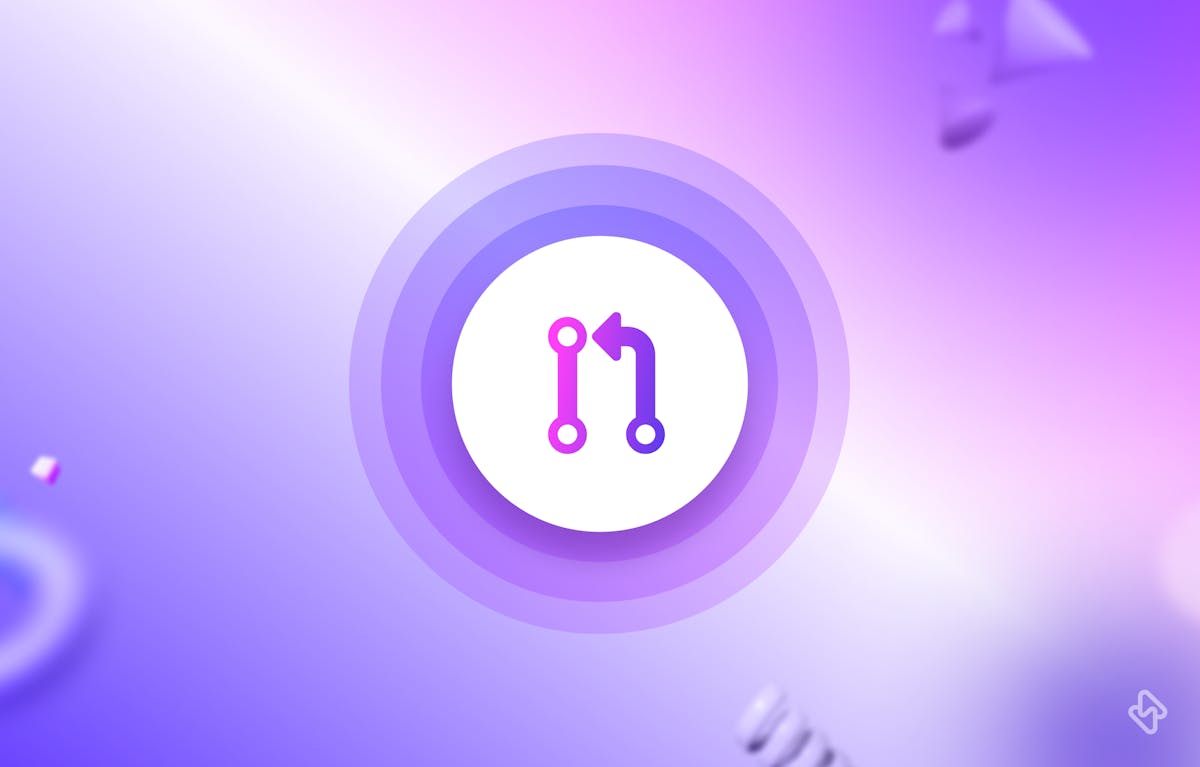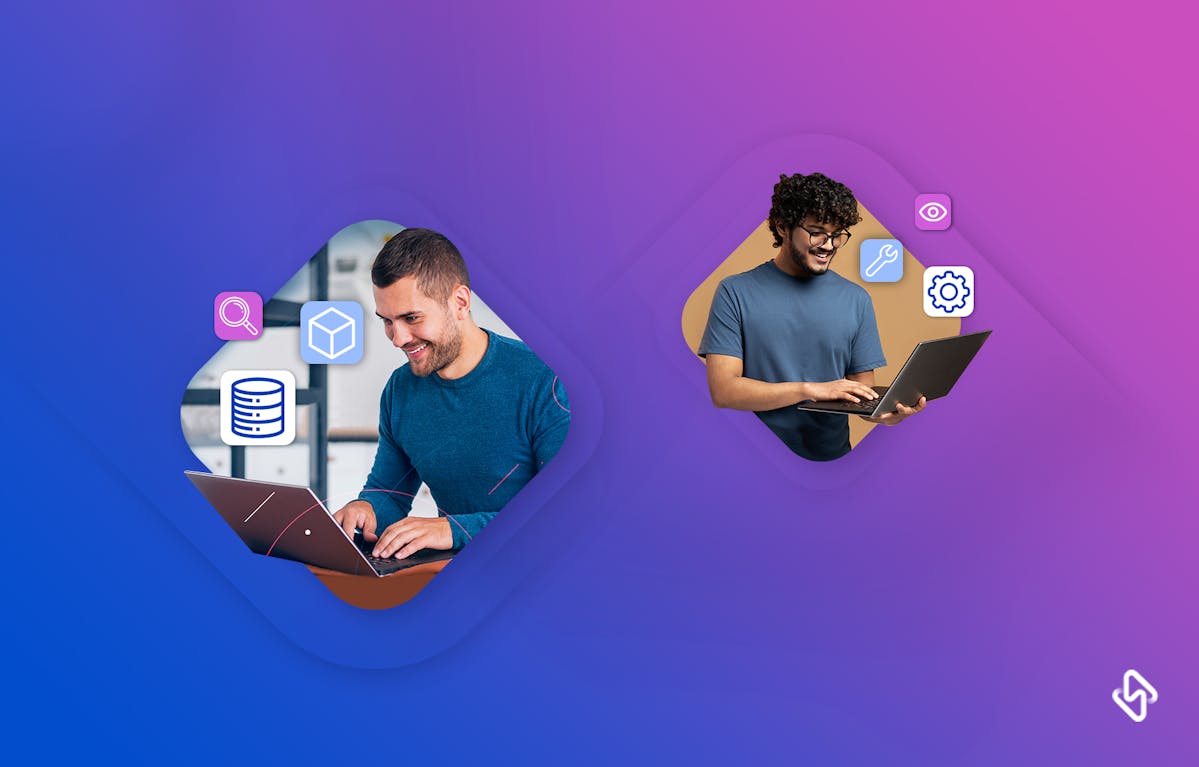1. ChatWithGit
Joining the ranks of ChatGPT's expanding toolkit, ChatWithGit emerges as a fresh addition, offering an efficient bridge to the expansive GitHub repository. With ChatWithGit, harness the powers of ChatGPT to seamlessly navigate GitHub and search for code snippets that cater to your programming needs. Basically, ChatWithGit is your coding companion, streamlining the process of code discovery and harnessing the collective knowledge of the GitHub community.
Use-cases:
- Centralized hub for discussing tasks, requirements, and project updates
2. Code Interpreter
Your coding companion that's about to change the game. While it's still in the testing phase, it's creating quite a buzz. The code interpreter plugin lets you run Python code right in your ChatGPT conversation. It's like having a coding playground right inside your chat window. Instead of just talking about code, you can actually make it work and see the results in real-time. Want to try out a piece of Python code? Just type it in as if you're sending a message. ChatGPT will run it for you and show you what happens. You can also share files, make adjustments, and get suggestions from ChatGPT to improve your code.
Use-cases:
- Algorithm Development and Optimization
- Language and API Exploration
- Interactive Documentation
3. HTTP Webhooks
HTTP Webhooks is all about integration and automation. It's like giving ChatGPT superpowers to communicate and collaborate seamlessly with external systems and services. Developers can set up a dynamic pipeline between ChatGPT and other applications using HTTP requests. Trigger automation workflows and all, serving as your virtual assistant.
Use Cases for Developers:
- Create custom integrations
4. Show Me
The Show Me plugin seamlessly intertwines with ChatGPT, to engage in intricate discussions. This plugin makes it a reality whether you're illustrating multifaceted workflows or trying to demystify intricate concepts, the Show Me plugin empowers you to harness the power of your visuals to effortlessly create and edit diagrams directly within ChatGPT’s interface, revolutionizing the way you communicate and understand complex information.
5. There is an AI for That
Is your personal search engine, meticulously curated for developers seeking the ultimate solution to enhance workflow efficiency and boost productivity. With access to over 700 AIs across nearly 100 categories, and the list is constantly updated to accommodate new AI releases, you can easily browse and find the perfect tool to fit your needs. The power of this plugin lies in its versatility. It empowers you to navigate through an intricate AI landscape, enabling you to pinpoint the perfect tool to amplify your capabilities.
Use-cases:
- Customer support, and chatbots
- AI-powered anomaly detection
6. AutoInfra1
AutoInfra1 is here to revolutionize how infrastructure is provisioned and managed. This plugin takes on the role of your infrastructure administrator. It sets up and manages those critical components that make your applications run seamlessly, allowing developers to focus more on application development rather than infrastructure maintenance.
Use Cases:
- Infrastructure as Code (IaC)
- Testing and Development Environments
7. Prompt Perfect
Crafting the ideal prompt for ChatGPT can be quite the challenge. It's like trying to hit a moving target, and the concept of "Prompt Engineering" has even become a thing. But fear not, because Prompt Perfect is here to simplify this process for you. Imagine this plugin as your prompt whisperer. It takes your prompt and gives it a makeover that guarantees results that hit the bullseye. The best part? It's as easy as starting your prompt with the word 'perfect,' followed by your question. Prompt Perfect takes care of the rest, tweaking and refining your prompt to deliver precisely what you need. Can also be used on large language models like GPT 4, MidJourney, DALL-E 2, StableLM, etc.
8. Link Reader
When it comes to software-related issues, the Link Reader ChatGPT Plugin is like a treasure map for programmers. This plugin opens up a world of possibilities, making life easier for developers in multiple ways.
Imagine being able to grasp the essence of code documentation and programming courses without diving into lengthy articles. Moments when you need specific code portions for your projects, the Link Reader has your back. It scans URLs and extracts those precious code snippets, saving you time and effort.
9. Wolfram Alpha
The Wolfram Alpha plugin swoops in to rescue ChatGPT from its math-related problems. As developers, data scientists etc, the Wolfram Alpha plugin allows you to solve mathematical tasks and also provides a visualization tool to aid in explaining your queries.
10. Voice Control for ChatGPT
Get ready to have conversations that truly resonate. Voice Control for ChatGPT is breaking boundaries with the way you communicate with ChatGPT. This plugin takes ChatGPT beyond text, bringing your conversations to life through the power of voice. Instead of typing out your thoughts, you can speak them. But that's not all. Say goodbye to silent responses. With Read-Responses, ChatGPT's words don't just live on the screen, they come to life. You can hear its responses spoken aloud, adding a new layer of interaction to your conversations. This plugin speaks many languages, ensuring that language barriers are no longer obstacles in your interactions.
11. Ambition
The pursuit of the ideal tech job can be a tasking endeavor for some, a maze of endless possibilities. The Ambition plugin rises to the occasion as your formidable assistant, designed to relieve the complexities of job hunting in the tech space. With unwavering focus, this plugin expedites your journey toward your perfect career fit as a developer. This powerful plugin sorts through millions of job openings, providing only the best matches that fit your skillset and interests.
Use-cases:
- Natural Language Interfaces
12. Noteable
The Noteable plugin is your secret sauce for seamless data computation. With Noteable, you can create and tinker with notebooks in Python, SQL, and Markdown—all within the cozy confines of ChatGPT's environment. It's like having a playground for your data, code, and thoughts.
Use Cases:
- Documentation Maintenance
- Integration with Version Control
13. Argil AI
Argil AI stands as a transformative addition to the ChatGPT ecosystem, revolutionizing the perception of ChatGPT from a text-based chatbot to a multi-dimensional AI powerhouse. This plugin unveils an exciting approach to image generation, whilst amplifying the creative potential of ChatGPT.
14. Zapier
Automation has become the ultimate quest for boosting productivity. And as developers, we’re constantly finding ways to cut down on manual tasks and streamlining workflows is crucial. That's where Zapier comes in, reshaping how automation is woven into ChatGPT. This plugin redefines task automation, empowering professionals to achieve more with less effort. Imagine the possibilities. Need data from Google Sheets? Zapier can fetch it. Want to send an email via Gmail? Consider it done. The beauty lies in the seamless data transfer and workflow optimization, all while staying within the confines of your chat interface.
15. Wolfram
Wolfram, a sophisticated ChatGPT plugin, offers a realm of advanced possibilities, albeit catering to a more technical audience. Driven by robust data and powered by advanced computation, Wolfram extends an invitation to ChatGPT users to tap into its expansive capabilities encompassing mathematics, data analysis, and real-time data integration.
Use-cases:
- Image and Signal Processing
- Data Analysis and Visualization
How Developers Can Benefit from ChatGPT Plugins?
ChatGPT Plugins have opened up a world of possibilities for developers, offering a range of benefits that can significantly enhance their projects and streamline their workflows.
ChatGPT Plugins provide access to advanced AI capabilities that developers can seamlessly integrate into their applications. This allows developers to add features like language translation, sentiment analysis, code generation, and more without having to build these capabilities from scratch.
By leveraging pre-built AI models and functionalities, developers can save significant amounts of time and effort. Complex tasks like language translation or code generation can be automated, accelerating the development process.
Moreover, ChatGPT Plugins enable developers to create more intelligent and user-friendly applications. Natural language processing capabilities can enhance chatbots and customer support systems, making interactions with users more intuitive and effective. Integrating ChatGPT Plugins gives developers access to state-of-the-art AI models without needing to invest in extensive research and development. This allows developers to stay at the forefront of technological advancements.
Many ChatGPT Plugins can be applied across a variety of industries and domains. For instance, sentiment analysis can be used for understanding customer feedback in e-commerce, social media, and more.
How to Build Your Own ChatGPT Plugin?
Let's delve into the end-to-end journey of crafting a plugin that seamlessly integrates with ChatGPT. Here are the steps to creating your own ChatGPT Plugin:
Step 1: Create a Manifest File
Think of the manifest file as the heart of your plugin. Host it at yourdomain.com/.well-known/ai-plugin.json. This file is more than just metadata; it's a map that guides your plugin's behavior.
Define your plugin's identity: Name, logo, and more.
Specify authentication needs: Whether it's OAuth URLs, API keys, or other mechanisms.
Describe your API: Paint a picture with OpenAPI spec, outlining the endpoints you want to expose.
The OpenAPI description fields also play a role in providing clear, natural language descriptions
{
"schema_version": "v1",
"name_for_human": "Weather Buddy",
"name_for_model": "weather",
"description_for_human": "Get real-time weather updates for any location. Just ask Weather Buddy!",
"description_for_model": "Assist users with real-time weather updates for any location. Weather Buddy is here to help!",
"auth": {
"type": "none"
},
"api": {
"type": "openapi",
"url": "http://localhost:5000/openapi.yaml"
},
"logo_url": "http://localhost:5000/logo.png",
"contact_email": "support@weatherbuddy.com",
"legal_info_url": "http://www.weatherbuddy.com/legal"
}Step 2: Register Your Plugin
With your manifest in place, it's time to knock on ChatGPT's door. Head to the ChatGPT UI and follow these steps:
Choose the plugin model from the dropdown.
Navigate to "Plugins," then "Plugin Store," and finally "Develop your own plugin."
If authentication is in the picture, share OAuth 2 credentials or an API key.
# App-level API keys
type ManifestServiceHttpAuth = BaseManifestAuth & {
type: 'service_http';
authorization_type: HttpAuthorizationType;
verification_tokens: {
[service: string]?: string;
};
}
# User-level HTTP authentication
type ManifestUserHttpAuth = BaseManifestAuth & {
type: 'user_http';
authorization_type: HttpAuthorizationType;
}
type ManifestOAuthAuth = BaseManifestAuth & {
type: 'oauth';
# OAuth URL where a user is directed to for the OAuth authentication flow to begin.
client_url: string;
# OAuth scopes required to accomplish operations on the user's behalf.
scope: string;
# Endpoint used to exchange OAuth code with access token.
authorization_url: string;
# When exchanging OAuth code with access token, the expected header 'content-type'. For example: 'content-type: application/json'
authorization_content_type: string;
# When registering the OAuth client ID and secrets, the plugin service will surface a unique token.
verification_tokens: {
[service: string]?: string;
};
}
Step 3: Users Activate Your Plugin
Users manually activate your plugin via the ChatGPT UI. (No backstage pass needed here.)
Sharing is caring: You can share your plugin with up to 100 additional users, but verification is the key.
If you make use of OAuth, users go through OAuth to sign in before they can start using the plugin.
Step 4: Users Begin Conversations
OpenAI slips in a brief plugin description to ChatGPT, keeping it under wraps for users. Think of it as a secret whisper between the two.
When a user pops a question that fits, ChatGPT might decide to use your plugin. If it's a POST request, developers need to ensure users double-confirm to prevent mishaps.
ChatGPT takes your plugin's API results and seamlessly weaves them into its answer for the user.
If your plugin's API generates links, they'll shine as snazzy previews in the response.
The model can send out data from your API in markdown style, and ChatGPT knows how to render the data automatically.
7 Things to Know Before Developing Your Own ChatGPT Plugin
Developing your own ChatGPT Plugin can be a rewarding endeavor that caters to specific needs or niches. Here are the things that needs to be considered to create your own ChatGPT Plugin:
- Identify Use Case: Define the specific functionality you want your plugin to offer. Determine the problem it will solve or the enhancement it will provide.
- Select the AI Model: Choose an appropriate AI model that aligns with your use case. ChatGPT provides a variety of models for different tasks; pick the one that best suits your needs.
- Collect and Prepare Data: Gather relevant data to train and fine-tune your model. Data quality is crucial for achieving accurate results.
- Train and Fine-tune: Train your AI model using the collected data. ChatGPT's platform provides resources for training and fine-tuning models effectively.
- Create API Integration: Develop an API integration for your plugin. This involves setting up endpoints and handling requests and responses.
- Test Rigorously: Thoroughly test your plugin's functionality. Identify and address any bugs or inaccuracies to ensure reliable performance.
- Documentation: Provide comprehensive documentation for developers who intend to use your plugin. Clear instructions will encourage adoption.
Shaping Tomorrow's Possibilities with ChatGPT Plugins
The future of ChatGPT Plugins is promising, with ongoing research and development continually expanding the potential applications. As AI technology advances, we can anticipate more specialized plugins, tailored to specific industries or tasks, providing even more targeted and efficient solutions. These plugins are expected to offer increased customization and improved accuracy.
As developers explore the vastness of these ChatGPT plugins, they unlock a world of possibilities. Whether it's enhancing the conversational abilities of AI chatbots, simplifying the process of form creation, accessing real-time news updates, or immersing in the realm of linguistic nuances, these plugins extend the boundaries of what's achievable.
Moreover, the potential isn't limited to consumption alone. The prospect of developing one's own ChatGPT plugin empowers developers to contribute to this ecosystem, further enriching the collaborative potential between humans and AI. The future of ChatGPT plugins is brimming with promise. As technology advances, we can anticipate even more sophisticated, intuitive, and seamless interactions.
Additional Resources for Developers
For those interested in delving further into ChatGPT Plugins, here are some valuable resources:
- Getting Started: Explore building your own Plugin
- ChatGPT Documentation: Explore detailed documentation for each plugin, including API references, guides, and tutorials.
- Developer Communities: Engage with the ChatGPT developer community to share experiences, insights, and best practices.
- GitHub Repositories: Access sample code, demos, and pre-trained models on ChatGPT's GitHub repositories.






